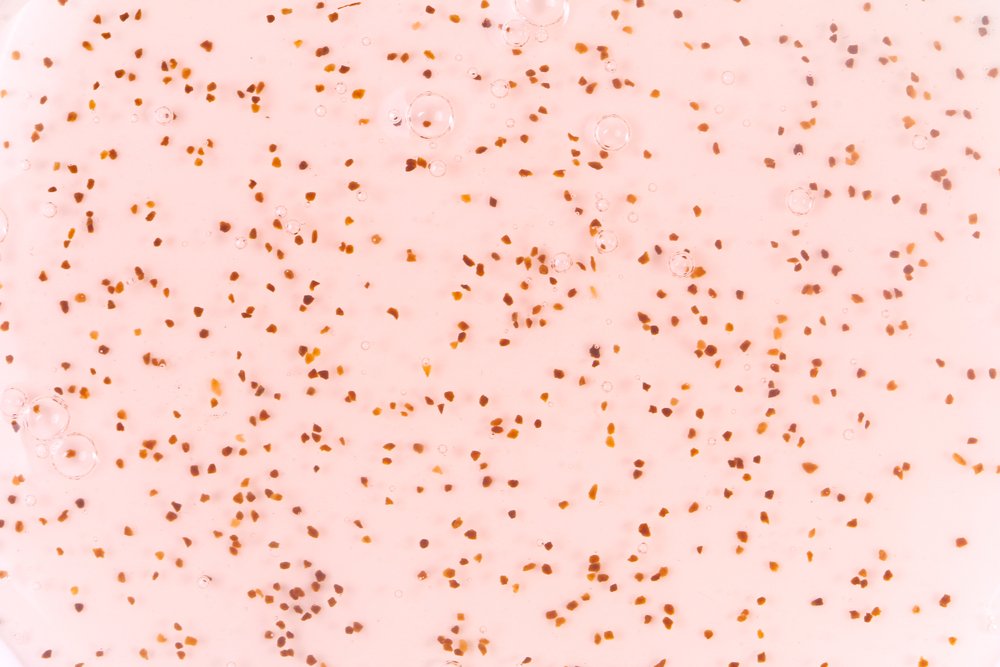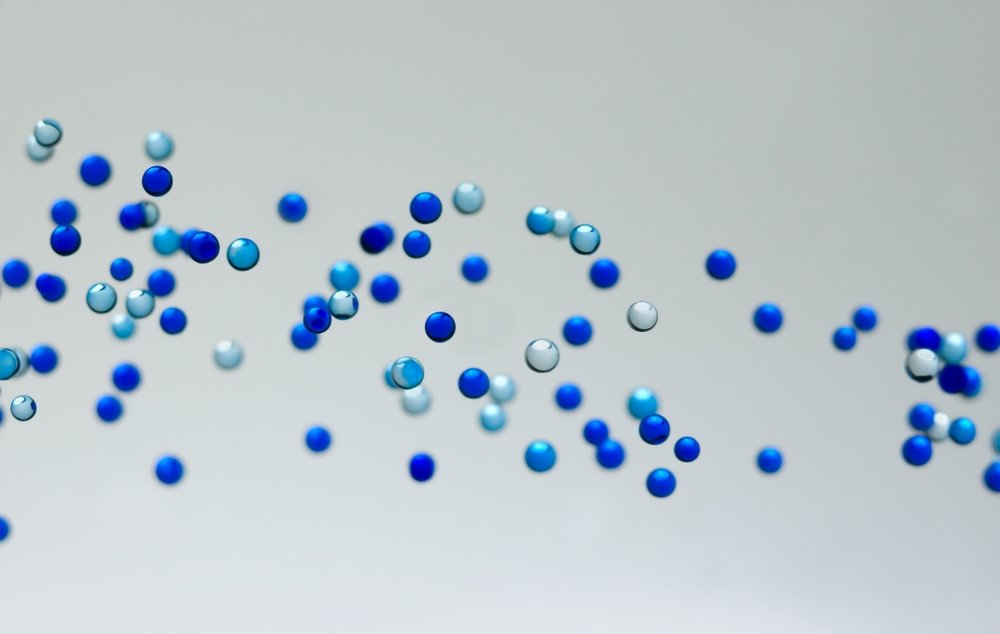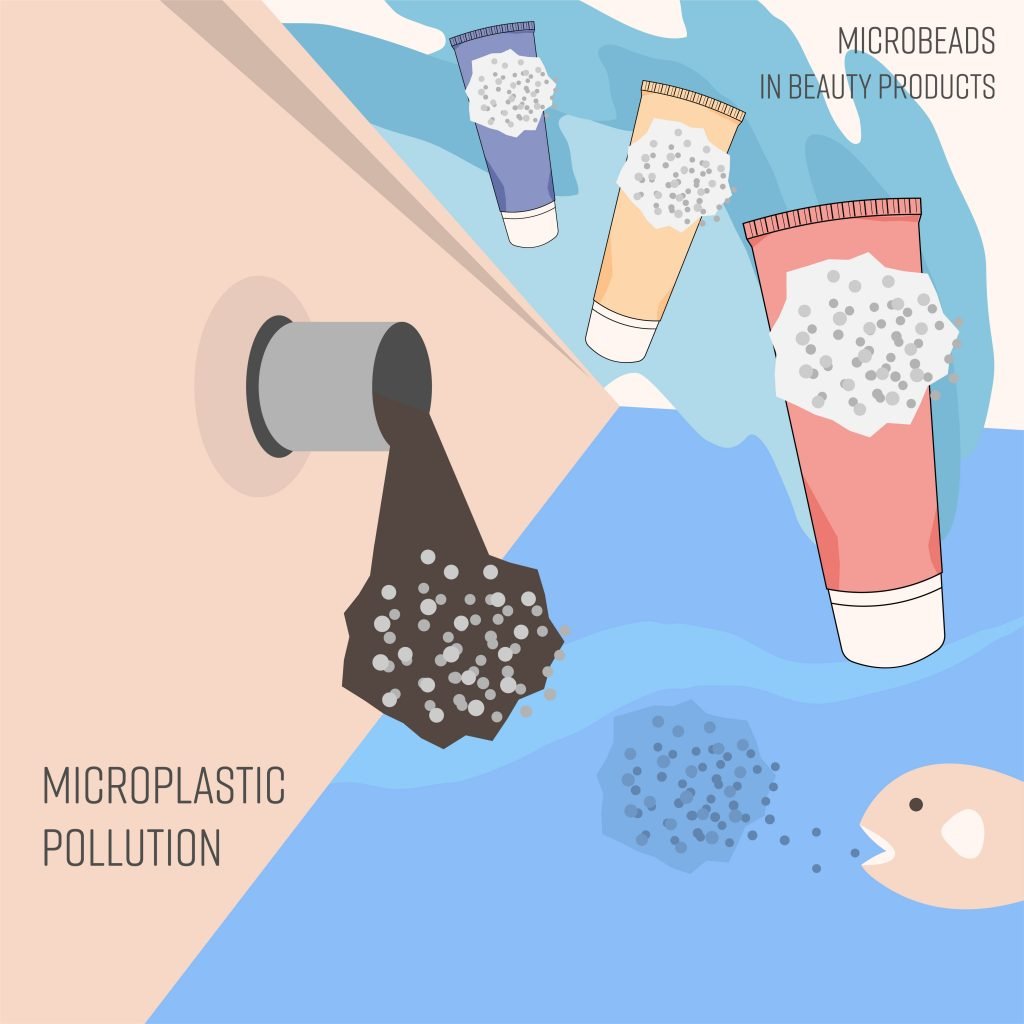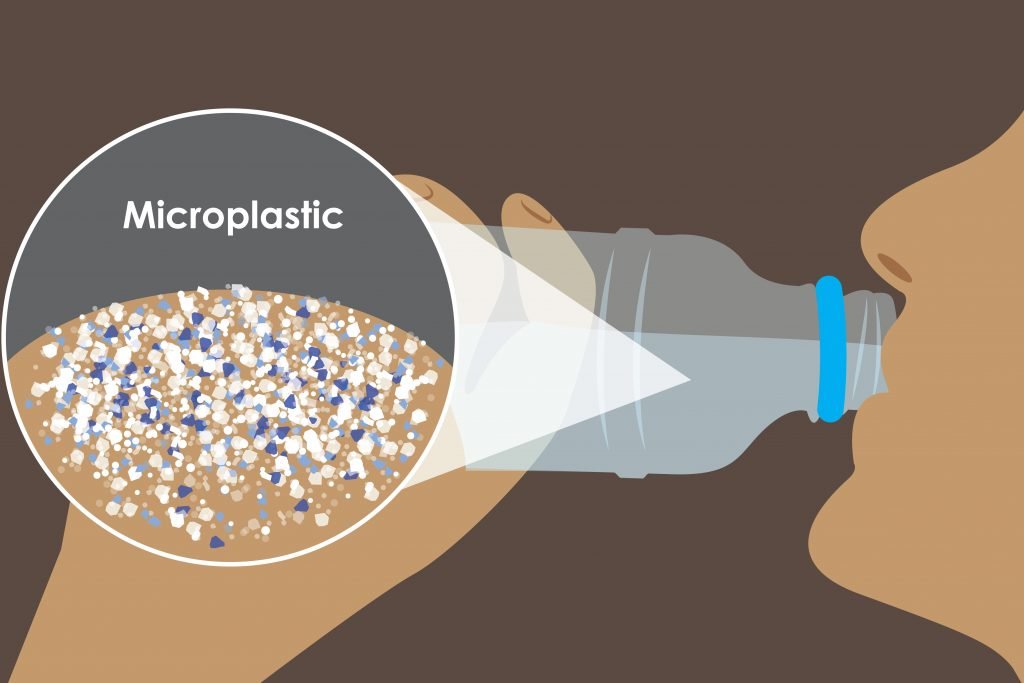
The Life and Death of Microbeads
When
What Are Microbeads?
First of all, microbeads are tiny pieces of plastic ranging in size from a fraction of a millimeter to a millimeter and a quarter. They are commonly found in soap and moisturizer. These tiny beads were frequently believed to be extremely useful for exfoliation and taking care of debris that regular soap would miss. These seemingly innocuous and minuscule objects have become a headache for environmental scientists, conservationists, and anyone who eats fish or vegetables.

Why Care About Microbeads ?
Once you are done brushing your teeth, exfoliating your skin, or washing your hands these seemingly invisible beads go down the drain. Despite common misconception, items that go down the drain or into the trashcan do not magically disappear forever. The majority of microbeads that go into the water supply settles into sludge and is used as fertilizer. The beads that slip through waste treatment filtration systems often drop directly into lakes and oceans.
Naturally, fish do not know what plastic is due to their lack of cognitive and practical reasoning skills. In the mind of a carnivorous
Similarly, consider the aforementioned “sludge” used as fertilizer and it’s potential effects on people and produce. Microbeads contain pollutants and can release chemicals like BPA linked to cancer, birth defects, and developmental problems.

The 2015 Microbead-Free Water Act
In 2015 pressure mounted, multiple states had outlawed microbeads and a small but vocal group of activists put the kibosh on all things microbead. To quote the FDA:
“The Microbead-Free Waters Act of 2015 prohibits the manufacturing, packaging, and distribution of rinse-off cosmetics containing plastic microbeads.
This new law also applies to products that are both cosmetics and non-prescription (also called “over-the-counter” or “OTC”) drugs, such as toothpastes.”
- The deadline to stop manufacturing rinse-off microbead products came July 1, 2017
- Deadline to stop introducing these products came on July 1, 2018.
- The deadline to stop introduction of microbead rinse-off products that are non-prescription drugs comes July 1, 2019.
We are a few months away from the complete death of the micro-bead.

What Did We Learn?
Often the decisions we make have unintended consequences. Consequently, the decision to add microbeads to soap and toothpaste to achieve an extra level of perceived cleanliness just may have poisoned our water supply and the food then we eat.
It’s important to take note of the little things, to evaluate the long term effect of our actions, and to be more aware of our surroundings. Together we can avoid these mistakes.






Write a Comment